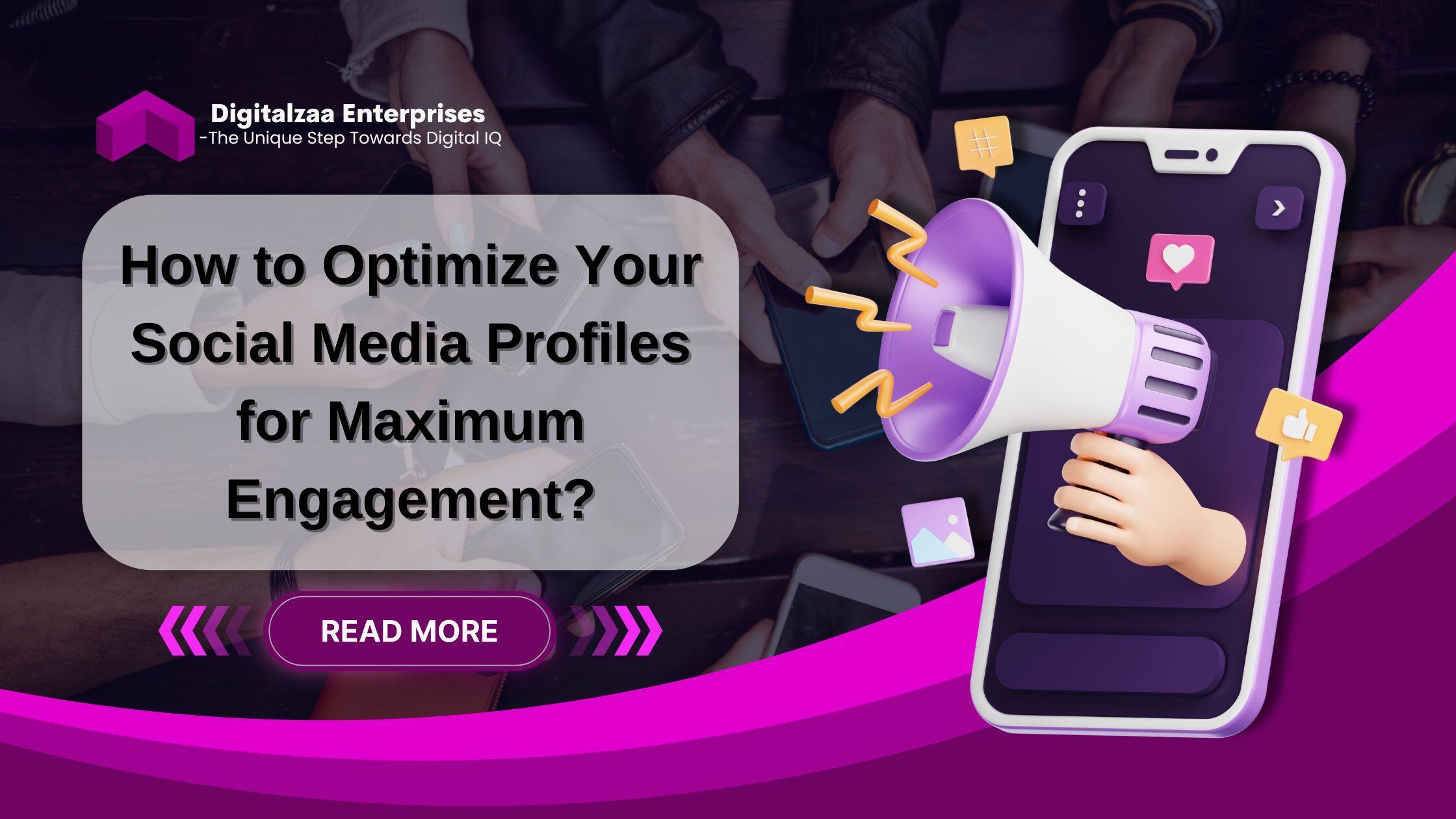Is End-to-End Encryption Enough for Privacy?

In an era where digital privacy is a growing concern, end-to-end encryption (E2EE) has become a buzzword for securing personal data. Messaging apps, cloud storage services, and financial platforms promote E2EE as the ultimate security measure. But is it truly enough to protect your privacy? Let’s dive deep into how end-to-end encryption works, its limitations, and what additional steps you should take to safeguard your data.
What is End-to-End Encryption?
End-to-end encryption is a security measure that ensures only the sender and recipient of a message can read its contents. The data is encrypted on the sender’s device and remains unreadable until it reaches the intended recipient, preventing intermediaries—including service providers, hackers, and even government agencies—from accessing the information.
Popular apps like WhatsApp, Signal, and iMessage use E2EE to keep user conversations private. However, despite its strong security framework, E2EE is not foolproof.
Limitations of End-to-End Encryption
While E2EE is a powerful privacy tool, it has its shortcomings. Here are some key concerns:
1. Metadata Exposure
Even with encrypted messages, service providers can still access metadata—details about who you are communicating with, when, and how often. Metadata can be analyzed to track communication patterns, revealing personal connections and behavioral insights without accessing message contents.
2. Device Vulnerabilities
E2EE does not protect data if a device is compromised by malware, spyware, or unauthorized access. If an attacker gains control of your phone or computer, they can read messages before encryption or after decryption.
3. Cloud Backups Are Not Always Secure
Many messaging apps store chat backups in the cloud, which may not be encrypted. If an attacker gains access to these backups, they can retrieve sensitive conversations, bypassing the protection of E2EE.
4. Man-in-the-Middle Attacks (MITM)
Although rare, sophisticated attackers can intercept and manipulate encryption keys to decrypt messages before they reach the intended recipient.
5. Legal and Government Access
Governments worldwide are pressuring tech companies to create encryption backdoors for law enforcement. If implemented, these backdoors could weaken encryption for all users, making personal data more vulnerable to cyber threats.
How to Enhance Your Digital Privacy Beyond E2EE
To ensure complete digital privacy, you need more than just E2EE. Here are some additional security measures:
1. Use Privacy-Focused Apps
Opt for applications that prioritize privacy beyond encryption. Signal and ProtonMail offer strong security features, including self-destructing messages and zero-access encryption.
2. Disable Cloud Backups for Messages
If your app stores chat history in the cloud, disable automatic backups or ensure they are encrypted before uploading.
3. Regularly Update Software and Devices
Keeping your operating system and apps updated protects you from vulnerabilities that hackers may exploit.
4. Use a Secure VPN
A Virtual Private Network (VPN) encrypts your internet traffic, making it harder for third parties to track your online activity.
5. Enable Two-Factor Authentication (2FA)
Adding an extra layer of security with 2FA prevents unauthorized access even if your password is compromised.
6. Be Cautious of Phishing Attacks
Hackers often use phishing emails or fake login pages to steal credentials. Always verify links before clicking and avoid sharing sensitive information online.
7. Encrypt Local Storage
Use tools like VeraCrypt or built-in encryption features on your device to protect sensitive files stored locally.
Final Verdict: Is E2EE Enough?
End-to-end encryption is an essential privacy tool, but it is not a silver bullet. While it prevents unauthorized access to messages in transit, vulnerabilities in metadata, device security, and cloud backups pose significant risks.
To achieve true digital privacy, users must combine E2EE with strong cybersecurity habits, secure device management, and additional encryption layers. In today’s world, taking a proactive approach to privacy is the best way to stay safe online.
What are your thoughts on end-to-end encryption? Do you take extra steps to secure your digital privacy? Share your views in the comments!


